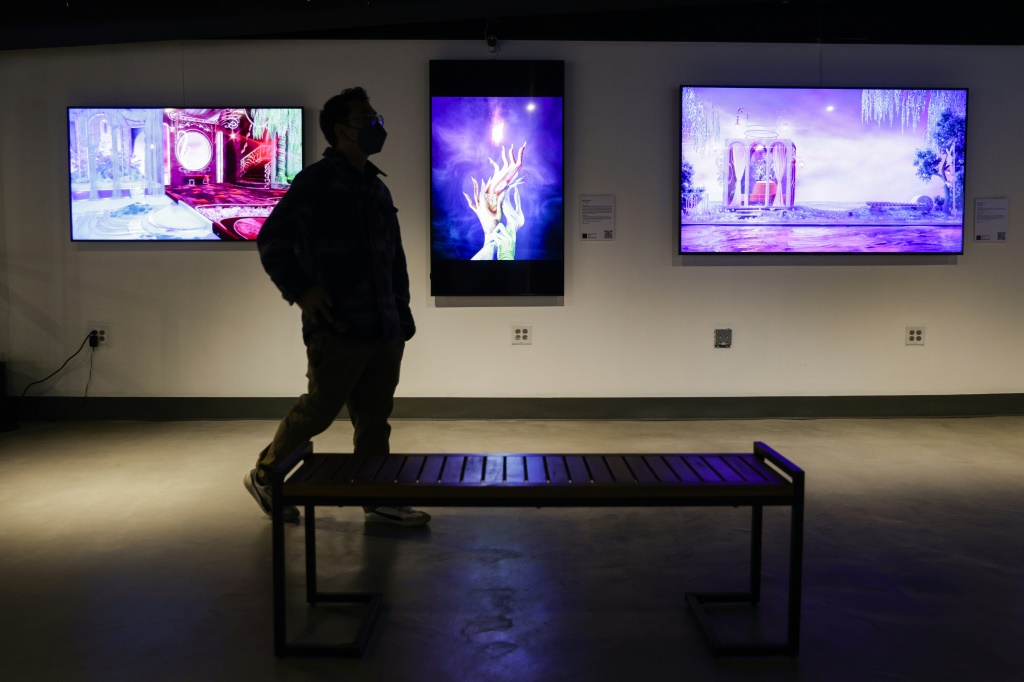All economic sectors were heavily impacted by the coronavirus pandemic. This includes the museum industry and other cultural attractions, which depend on in-person visitors and experiences.
One concern expressed during the pandemic was that 15 percent of the world’s museums would be forced to close permanently. At one stage during the height of global infections, this prediction spiked even higher at 37 percent.
There are ways, however, where museums can move beyond the model they have used for hundreds of years where trillions of dollars of value is locked away.
One such way is being driven by the company Iconic Moments, who bill themselves as the world’s first NFT marketplace and blockchain exclusively for museums and historical institutions. This forms part of closer ties between some museums and NFT technologies.
Iconic Moments sees a global solution in the metaverse to help to preserve a number of cultural institutions that could well be facing closure.
Iconic Moments CEO and founder Chris Cummings tells Digital Journal: “We are envisioning a future where one can visit a virtual storytelling experience of any of the world’s museums from anywhere in the world, removing geographical limits to patronage of museums small and large.”
What Cummings is tapping into is part of a trend as seen by the growth in metaverses. These are a hypothetical iterations of the Internet in the form of a series of universal virtual worlds. Indeed, some are issuing their own tokens, including the British Museum.
Bridging the metaverse with non-fungible tokens (NFTs), Cummings explains that individuals have the potential to purchase these unique artworks from museums and cultural heritage sites around the world.
These digital representations can then be displayed via a digital frames in a person’s home. Furthermore, the NFT can be added to a private, virtual space within a particular metaverse (something accessible through virtual or augmented reality devices).
To make this happen, Iconic Moments is developing partnerships with organizations to create rights agreements to over 5 million pieces of content. This includes everything from the U.S. National Broadcast Museum and from other cultural bases, such as the Universal Hip Hop Museum, Porsche, and The City of Nashville.
The development is another sign of the rapid growth with NFTs as well as the potential to extend the NFT concept into new areas.
Other technological developments will enable museums to engage new visitors digitally, drive revenue, and create immersive storytelling exhibits.














